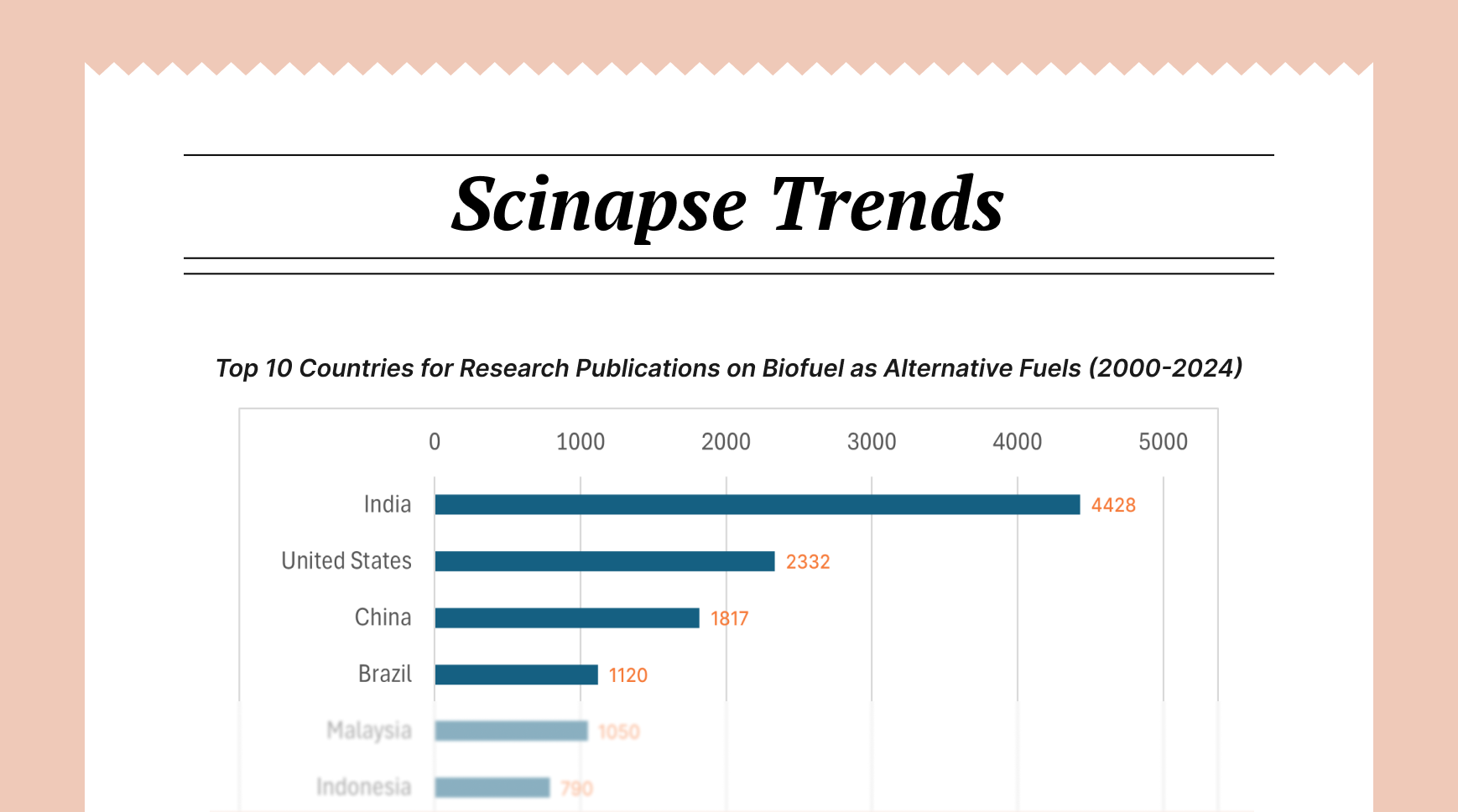Maintaining Objectivity While Developing an Argument in Literature Reviews

Literature reviews present a unique challenge: they must simultaneously synthesize existing research objectively while developing a coherent scholarly argument. This dual purpose creates an inherent tension. How can researchers advance a specific perspective or argument while maintaining the objectivity that scholarly work demands? This article explores strategies for navigating this balance, ensuring that literature reviews remain both intellectually honest and persuasively argued.

The Dual Purpose of Literature Reviews
The literature review serves multiple functions in academic writing. It demonstrates the author's familiarity with existing scholarship, contextualizes new research within established knowledge, identifies gaps or contradictions in current understanding, and often advances an argument about the state of the field. This final function—the argumentative aspect—creates potential tension with the expectation of scholarly objectivity.
Unlike primary research articles that present new data, literature reviews derive their contribution from the interpretation and synthesis of existing work. The reviewer's judgment and perspective inevitably influence this process. However, this interpretive role must not compromise the objective treatment of source material.
Common Threats to Objectivity in Literature Reviews
Before exploring strategies for maintaining objectivity, it's important to recognize common pitfalls that can undermine it:
1- Confirmation Bias
Perhaps the most pervasive threat is confirmation bias—the tendency to favor information that confirms preexisting beliefs or hypotheses. This can manifest in literature reviews through:
- Selectively including studies that support the preferred argument
- Giving disproportionate attention to supporting evidence
- Minimizing or dismissing contradictory findings
- Applying more rigorous methodological critiques to studies with opposing conclusions
2- Citation Bias
Literature reviews can suffer from systemic citation patterns that distort the representation of the field:
- Over-reliance on easily accessible or highly cited works
- Neglect of studies published in less prestigious or non-English language journals
- Exclusion of studies with null or negative findings (publication bias)
- Preferential citation of researchers from certain institutions or traditions
3- Interpretive Overreach
The need to develop a coherent narrative can lead to interpretive problems:
- Drawing stronger conclusions than the evidence warrants
- Conflating correlation with causation in summarizing findings
- Misrepresenting nuanced or conditional findings as definitive
- Overlooking important methodological limitations in favored studies
Strategies for Maintaining Objectivity
The following approaches can help researchers navigate the tension between objectivity and argument development:
1. Transparent Methodology
A clearly articulated and systematically applied methodology serves as the foundation for objective literature reviews. This includes:
Explicit Search Strategy: Document databases searched, keywords used, inclusion/exclusion criteria applied, and timeframes considered. This allows readers to evaluate the comprehensiveness of your review and replicate your approach.
Systematic Selection Criteria: Establish clear, consistent standards for including or excluding studies before reviewing the literature. Apply these criteria uniformly, regardless of a study's findings or alignment with your emerging argument.
Documentation of Process: Maintain records of your search process, including studies considered but excluded and the reasons for exclusion. Consider including this information as an appendix to demonstrate thoroughness.
2. Comprehensive Representation
Objective literature reviews strive for a comprehensive representation of relevant perspectives:
Seek Contradictory Evidence: Actively search for studies that challenge your emerging argument or present alternative explanations. Give these counterarguments fair consideration rather than dismissing them quickly.
Include Multiple Perspectives: Ensure representation of competing theoretical frameworks, methodological approaches, and disciplinary perspectives. This breadth strengthens your review's credibility even when ultimately arguing for a particular position.
Address Publication Bias: Consider including unpublished studies, dissertations, conference proceedings, or preprints where appropriate to counteract the bias toward publishing only significant or positive findings.
3. Balanced Critical Analysis
Apply consistent evaluative standards across all studies:
Uniform Quality Assessment: Develop explicit criteria for evaluating methodological quality and apply them consistently to all studies, regardless of whether their findings support or contradict your argument.
Acknowledge Limitations Universally: Discuss methodological limitations and contextual constraints for both supporting and contradicting studies. Avoid the tendency to scrutinize opposing evidence more rigorously.
Recognize Strengths in Opposing Work: Explicitly acknowledge the strengths and contributions of work that contradicts your argument. This demonstrates intellectual fairness and strengthens your credibility.
4. Separate Description from Evaluation
Maintain clear boundaries between reporting what others have found and offering your interpretation:
Two-Stage Approach: First, present a comprehensive, balanced summary of existing literature before developing your critical analysis and argument. This separation helps ensure all perspectives receive fair representation before evaluation.
Linguistic Clarity: Use language that clearly distinguishes between reporting others' findings and offering your interpretations. Phrases like "The authors argue that..." versus "This study suggests..." versus "I propose that..." help maintain this distinction.
Evidence Transparency: Explicitly connect your interpretations and arguments to specific evidence from the literature. This allows readers to evaluate whether your conclusions follow logically from the evidence presented.
5. Reflexivity and Positionality
Acknowledge your position and potential biases:
Self-Reflection: Before beginning your review, reflect on your preconceptions, theoretical preferences, and potential biases. Awareness is the first step toward mitigation.
Positionality Statement: Consider including a brief statement acknowledging your position in relation to the topic and how you've worked to maintain objectivity despite these perspectives.
Peer Feedback: Seek input from colleagues with different theoretical orientations or methodological preferences. Their perspectives can highlight blind spots in your analysis.
Developing Strong Arguments While Maintaining Objectivity
Maintaining objectivity doesn't mean avoiding arguments altogether. Rather, it means developing arguments that:
1. Emerge from Comprehensive Evidence
Allow your argument to emerge organically from a thorough review of available evidence rather than starting with a conclusion and selectively gathering support. This approach leads to more nuanced and defensible positions.
2. Acknowledge Complexity and Uncertainty
Strong scholarly arguments recognize limitations and conditions. Phrases like "the weight of evidence suggests" or "within certain contextual boundaries" reflect more accurately the nature of academic knowledge than absolute claims.
3. Consider Alternative Explanations
Explicitly address plausible alternative interpretations of the literature. Explain why your argument offers a more compelling explanation while acknowledging the merits of alternatives.
4. Build on Points of Consensus
Identify areas of scholarly consensus as foundations for your argument, then focus disagreement on specific, well-defined points of contention. This approach grounds your argument in widely accepted understandings.
5. Differentiate Between Evidence Strength
Not all evidence carries equal weight. Differentiate between strongly supported conclusions and more tentative findings in building your argument. This nuanced approach enhances your credibility.
The tension between objectivity and argument development in literature reviews is not a problem to be solved but a balance to be maintained.
The most powerful literature reviews don't achieve persuasiveness through selective presentation or rhetorical flourish, but through comprehensive engagement with the full complexity of available evidence. When arguments emerge from such thorough and balanced analysis, they carry the intellectual weight that advances scholarly discourse while maintaining the objectivity that academic integrity demands.
Author: Uttkarsha B
- AI-Ethicist and STM Research & Publishing Expert
Never re-search again.
Scinapse is made by researchers for researchers.
Join the next generation of research at ⏯️ https://scinapse.io/
Pluto Labs
Pluto Labs helps researchers focus on their research by improving several inefficiencies in the academic research process. We offer data-driven insights from academic papers, allowing users to easily obtain review-level results for their desired range of papers.
https://pluto.im/





Comments ()